Historical sites around the world often tell incredible stories, but not all of them receive the attention they deserve. From ancient towns to natural wonders, these underrated locations are worth exploring for their rich history and cultural significance. Let’s explore historical sites that may not be on your radar but should definitely be on your travel list.
Hanseatic Town of Visby, Sweden
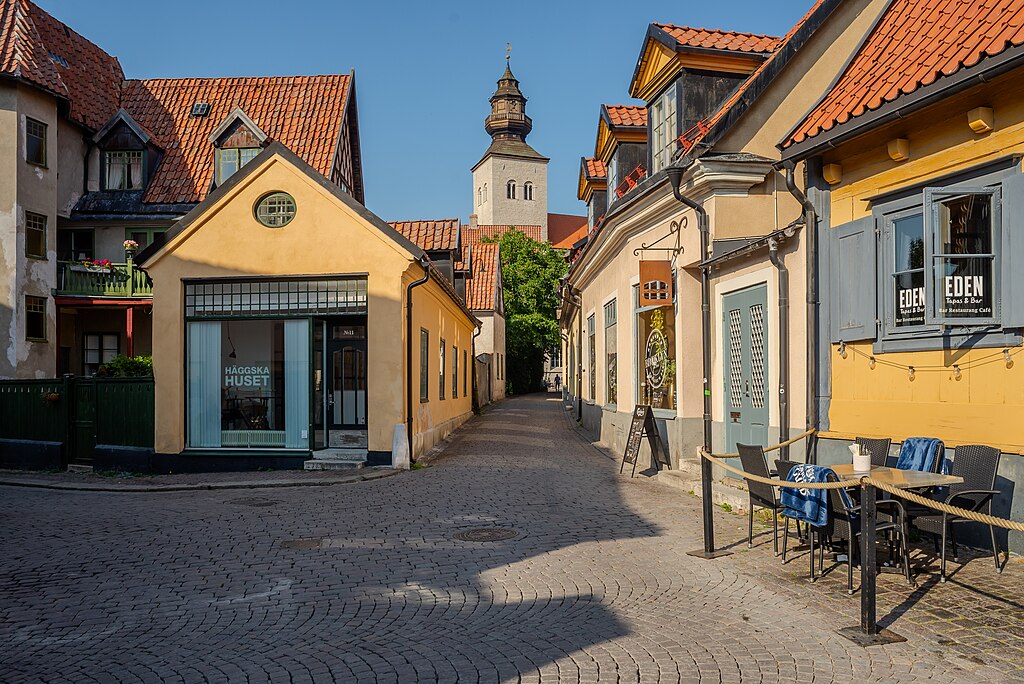
The medieval town of Visby played a pivotal role in the Hanseatic League, a network of trading cities. Its city walls and cobblestone streets transport visitors back to the Middle Ages. Explore Visby’s historical structures while learning about how this small town influenced trade and politics in Northern Europe.
Cahokia Mounds, USA
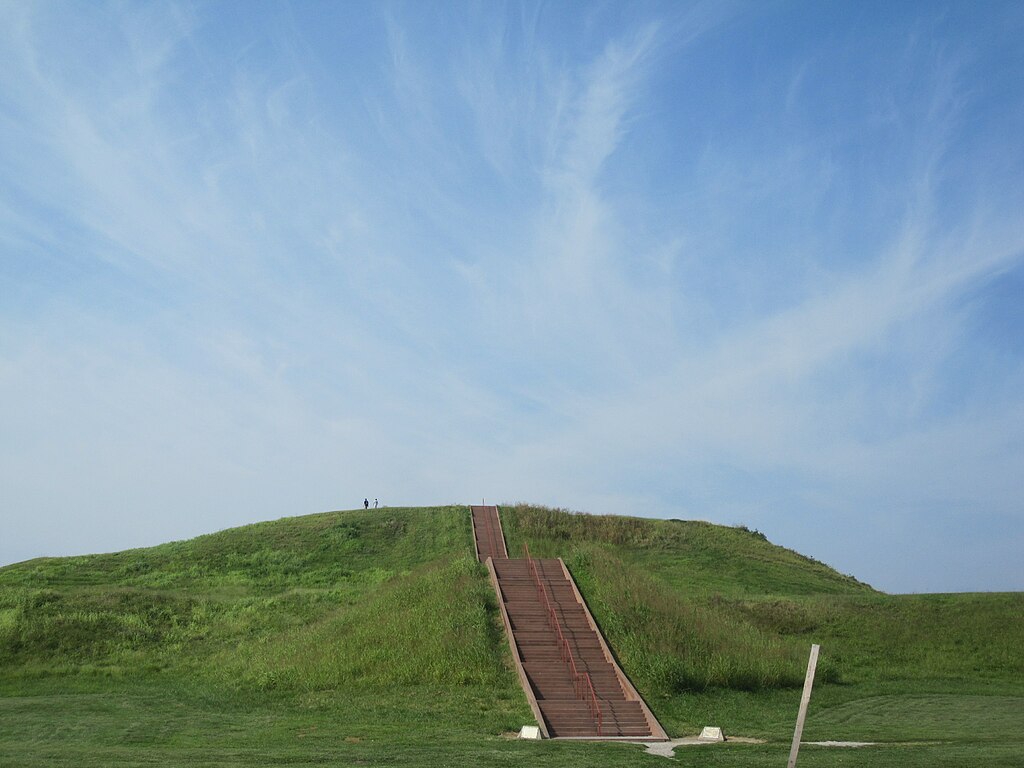
Cahokia Mounds, located in Illinois, was the largest pre-Columbian settlement north of Mexico. At its peak between 1050 and 1350 CE, the city was home to tens of thousands of people. The site features over 120 earthen mounds used for ceremonies, burials, and large structures. Despite its importance as a major Native American cultural center, it remains relatively unknown and underrated by many.
Huascarán National Park, Peru
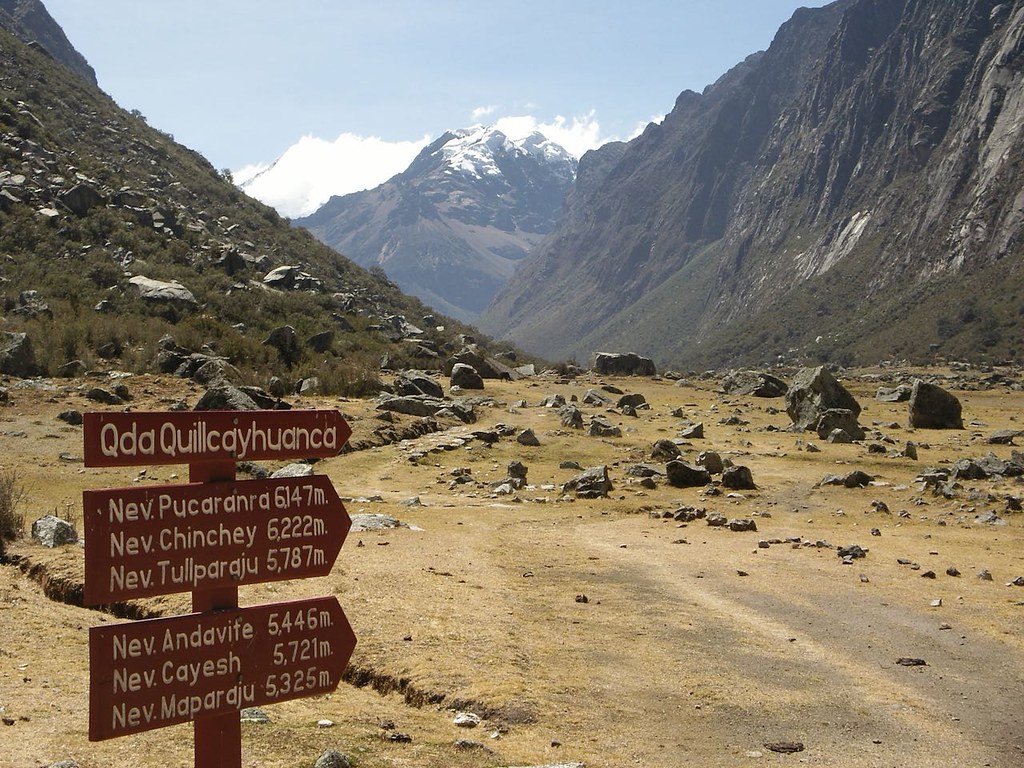
Huascarán National Park is renowned for its breathtaking Andean landscapes, but its historical importance often gets overlooked. The park is home to ancient pre-Columbian settlements, with stone structures and artifacts scattered across its valleys. These archaeological remains offer a glimpse into the lives of the indigenous peoples who thrived here long before the Incas.
Mir Castle Complex, Belarus
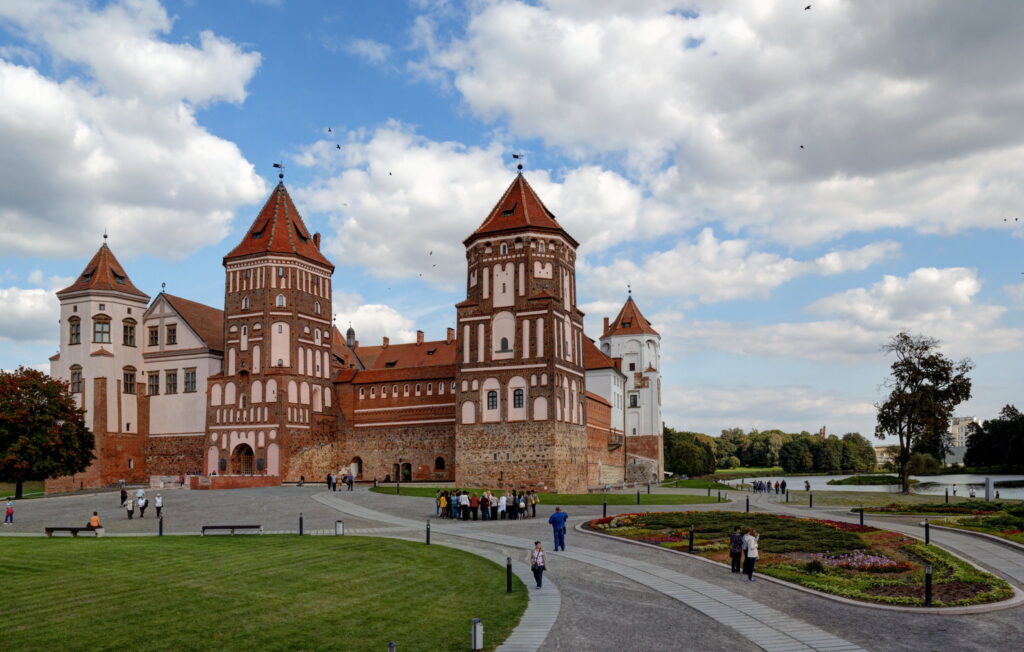
Mir Castle is an architectural gem with a unique mix of Gothic, Renaissance, and Baroque styles. Built in the 16th century, it has a tumultuous history, including being a defensive stronghold and a residence for noble families. Today, it stands as a testament to Belarus’s rich history, and its story is one of resilience and beauty through centuries of change.
National History Park – Citadel, Sans Souci, Ramiers – Haiti
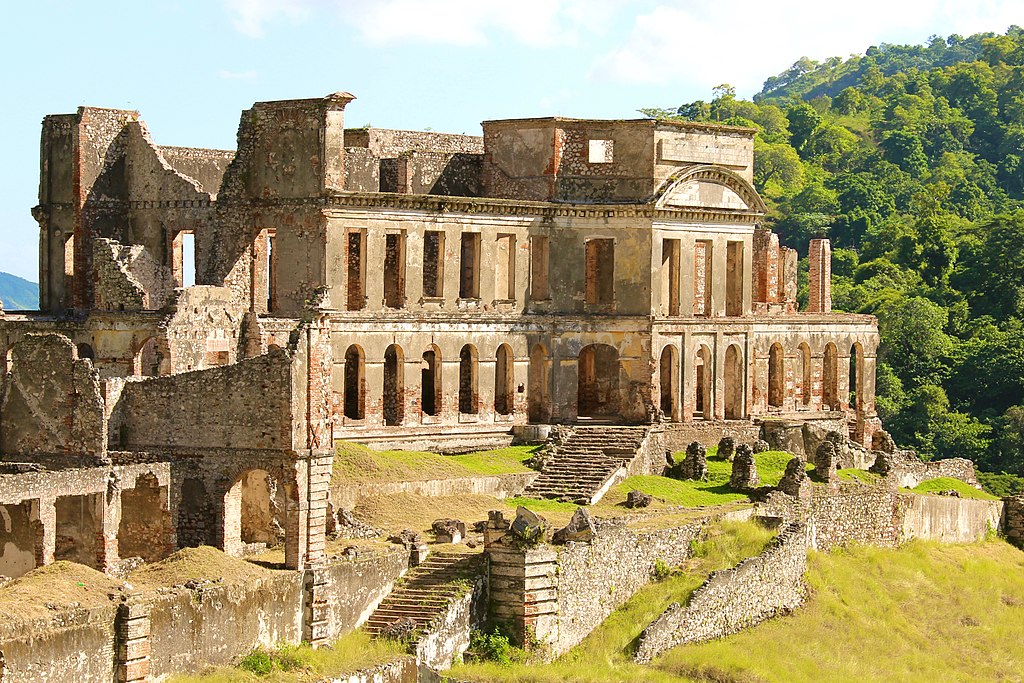
Located in northern Haiti, this historical site includes the Citadel, Sans Souci Palace, and the Ramiers fortifications. These structures were built after Haiti’s independence from France and are symbols of the nation’s fight for freedom. The Citadel, in particular, is a marvel, towering atop a mountain as a symbol of strength and pride in the face of colonialism.
Bukhara, Uzbekistan
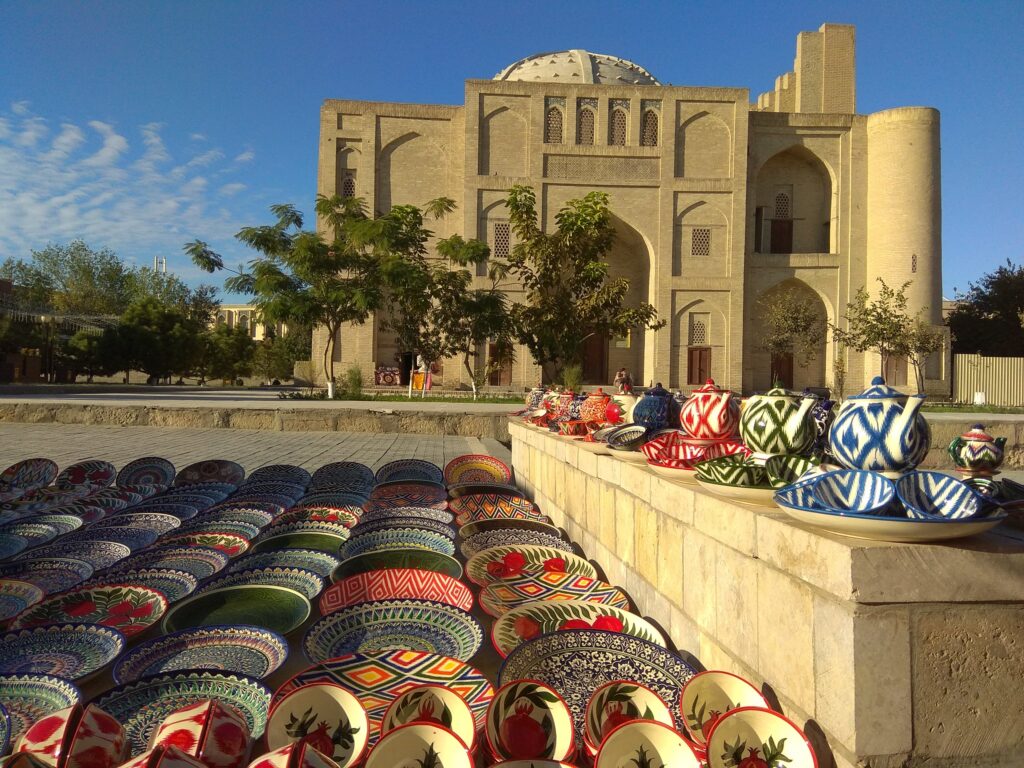
Bukhara, a city on the Silk Road, has been a center of trade, scholarship, and religion for over 2,000 years. Its well-preserved architecture, including the Ark Fortress and Kalyan Minaret, speaks to its importance in Islamic culture and education. Bukhara’s story is one of prosperity and knowledge, making it a must-see for those interested in the history of Central Asia.
Gulf of Porto, Corsica
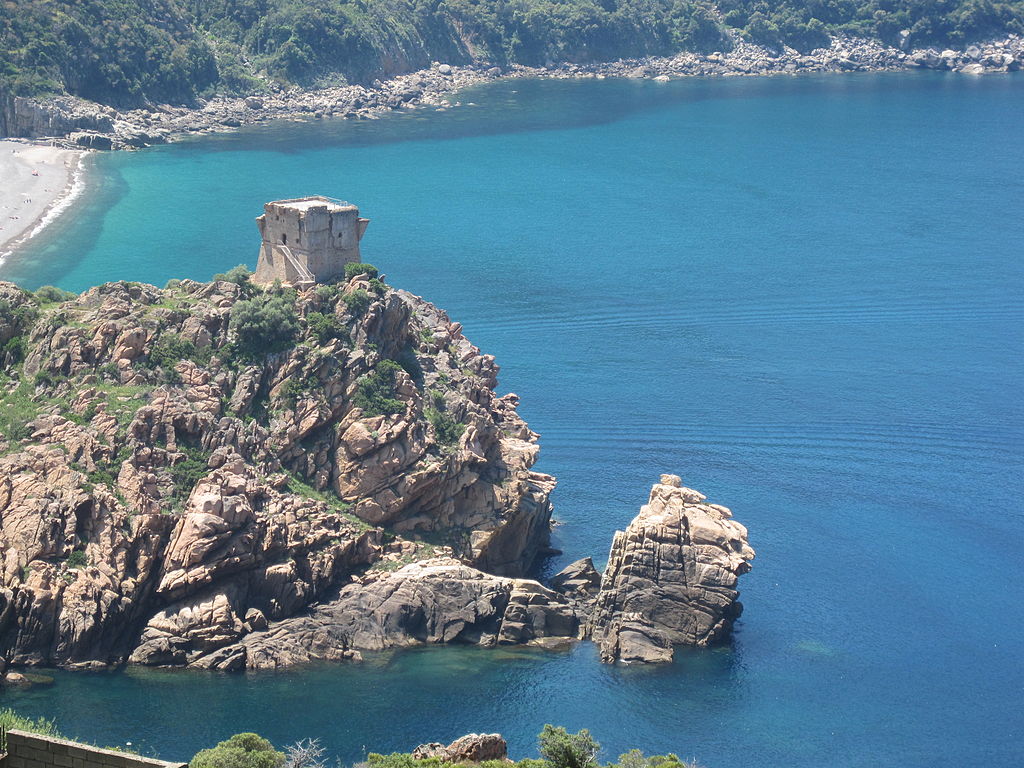
The Gulf of Porto is known for its dramatic coastline and rich marine life, but it also holds historical significance. The area is dotted with ancient Genoese watchtowers, built to protect the island from invaders during the 16th century. These towers stand as a reminder of Corsica’s strategic importance in Mediterranean history, blending natural beauty with historical intrigue.
Australian Convict Sites
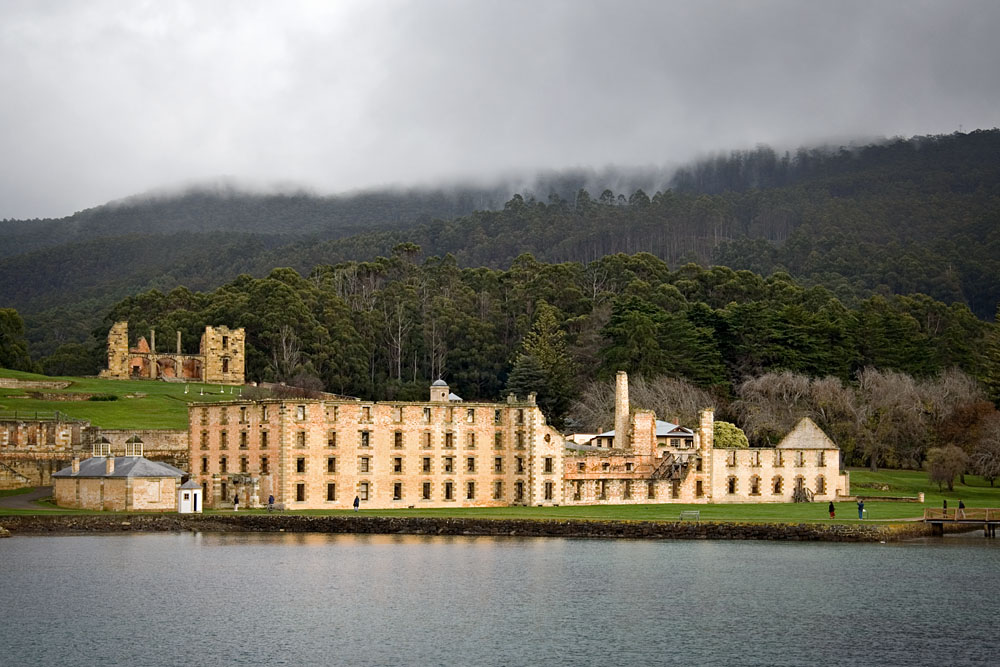
Australia’s convict past is often overlooked, but the Australian Convict Sites offer a deep insight into the country’s early history. These sites, spread across different states, include old prisons, settlements, and coal mines where convicts were forced to work. Places like Port Arthur and Fremantle Prison reveal the harsh realities faced by prisoners and the foundations of Australia’s colonial society.
Mohenjo-Daro, Pakistan
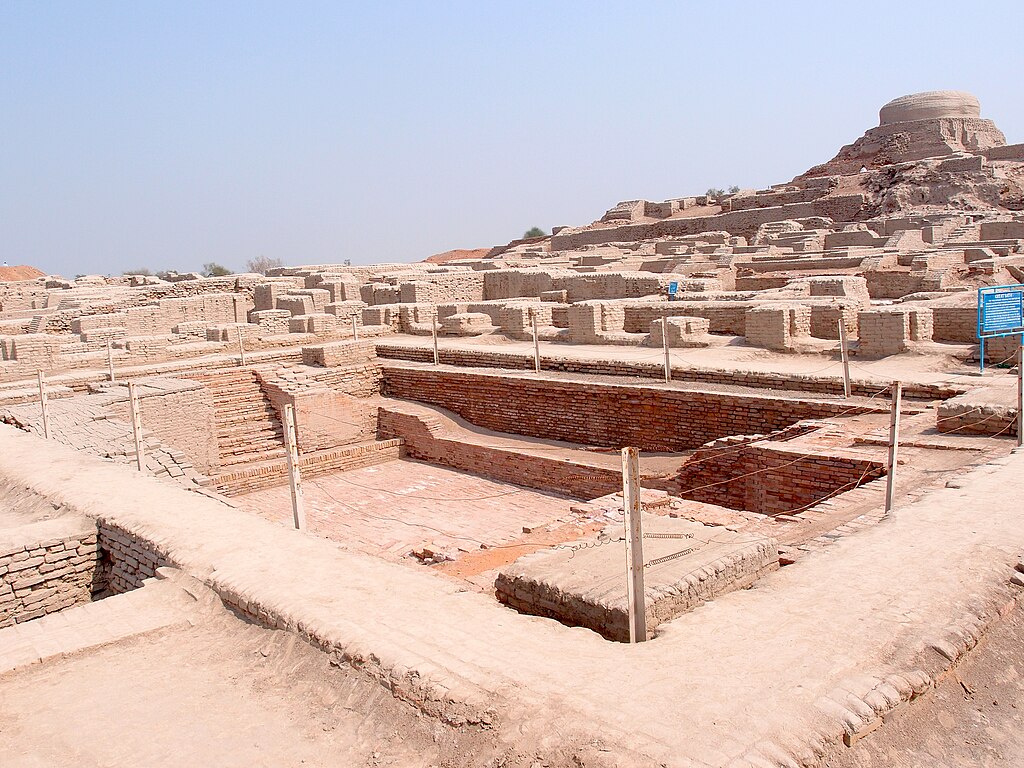
Mohenjo-Daro, one of the largest cities of the ancient Indus Valley Civilization, dates back to around 2500 BCE. Known for its advanced urban planning, the city featured a grid-like layout and sophisticated drainage systems. Despite being thousands of years old, the remnants of its public baths and residential buildings reveal an early example of complex society. Today, it remains an underrated site, offering insights into one of the world’s oldest civilizations.
Shibam, Yemen
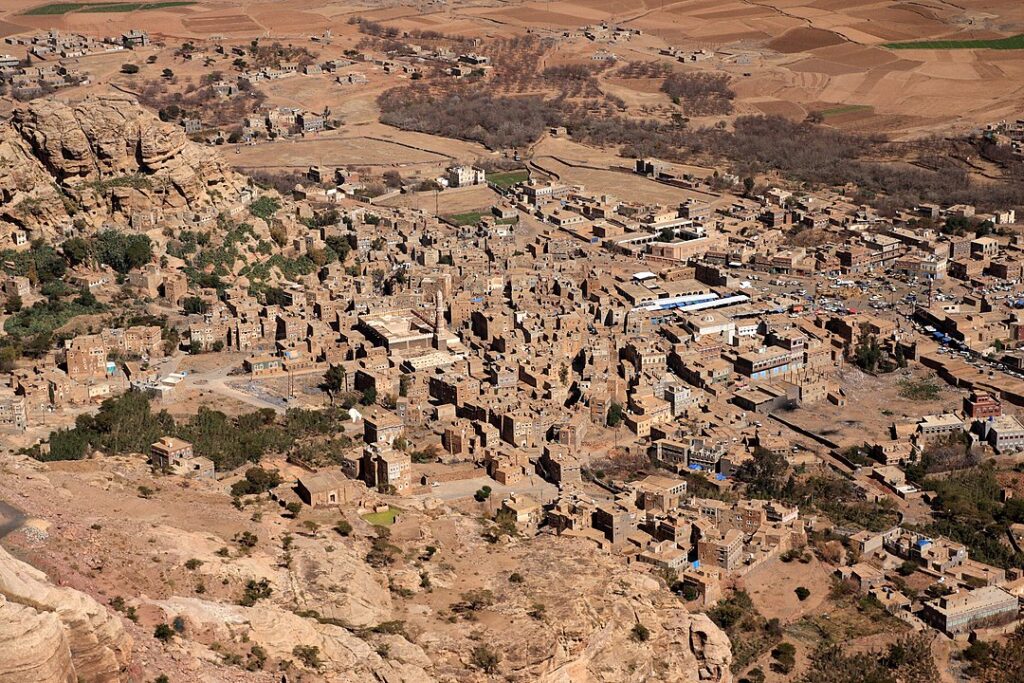
Often referred to as the “Manhattan of the Desert,” Shibam is known for its towering mudbrick buildings, some of which date back to the 16th century. This ancient city was an important stop on the trade routes in the Arabian Peninsula. Today, Shibam remains a unique example of vertical city planning, and its architectural design still influences urban planning in desert environments.
Takht-e Soleyman, Iran
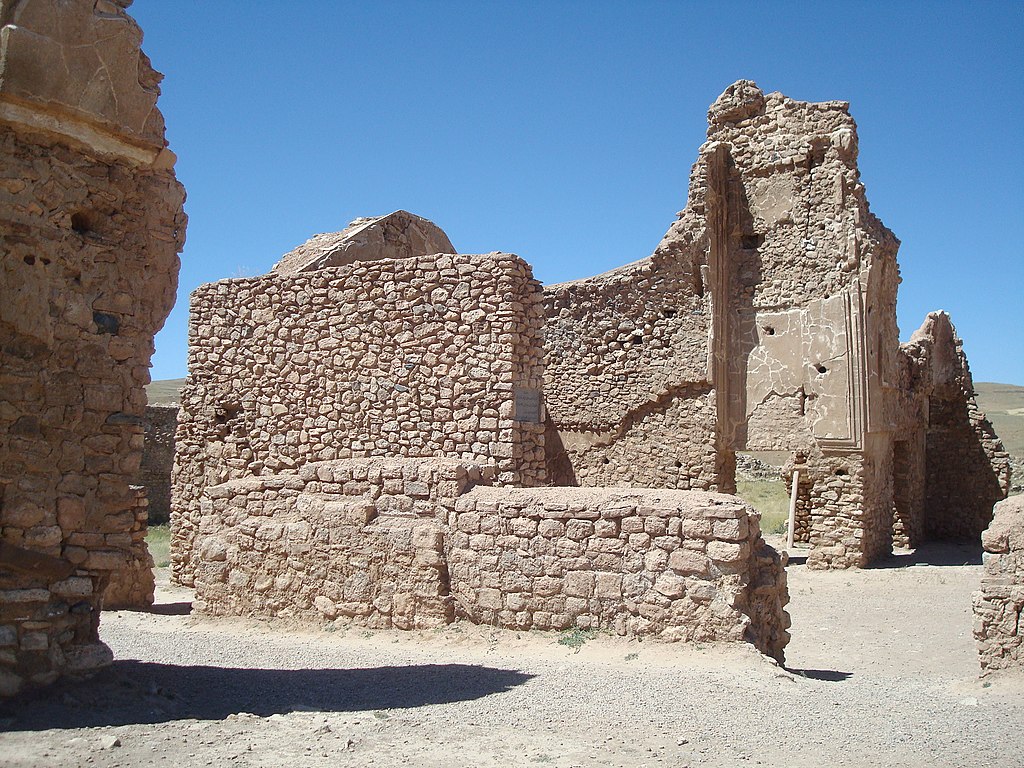
Takht-e Soleyman, located in northwestern Iran, is an ancient Zoroastrian sanctuary dating back to the 3rd century. This UNESCO World Heritage site includes the remains of a fire temple, a royal palace, and a mysterious lake considered sacred by ancient worshippers. The site was once a spiritual center for the Sasanian Empire, reflecting the religious and political significance of Zoroastrianism. Despite its historical importance, Takht-e Soleyman remains relatively unknown to many travelers, making it an underrated gem in Iran’s rich cultural landscape.
Mesa Verde National Park, Colorado, USA
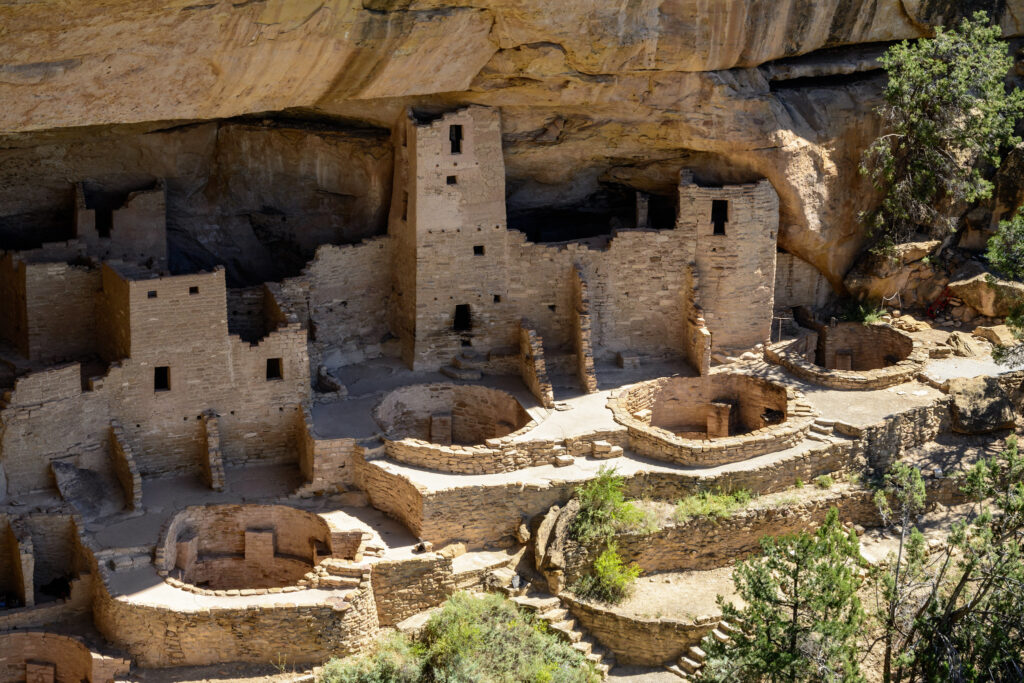
Mesa Verde National Park is home to the cliff dwellings of the Ancestral Puebloans, who lived here for over 700 years. These intricate structures, built into the sides of cliffs, offer insight into the lives of this ancient civilization. Mesa Verde’s story is one of survival and ingenuity, as the Puebloans adapted to their harsh environment, leaving behind a fascinating archaeological legacy.
Fatehpur Sikri, India
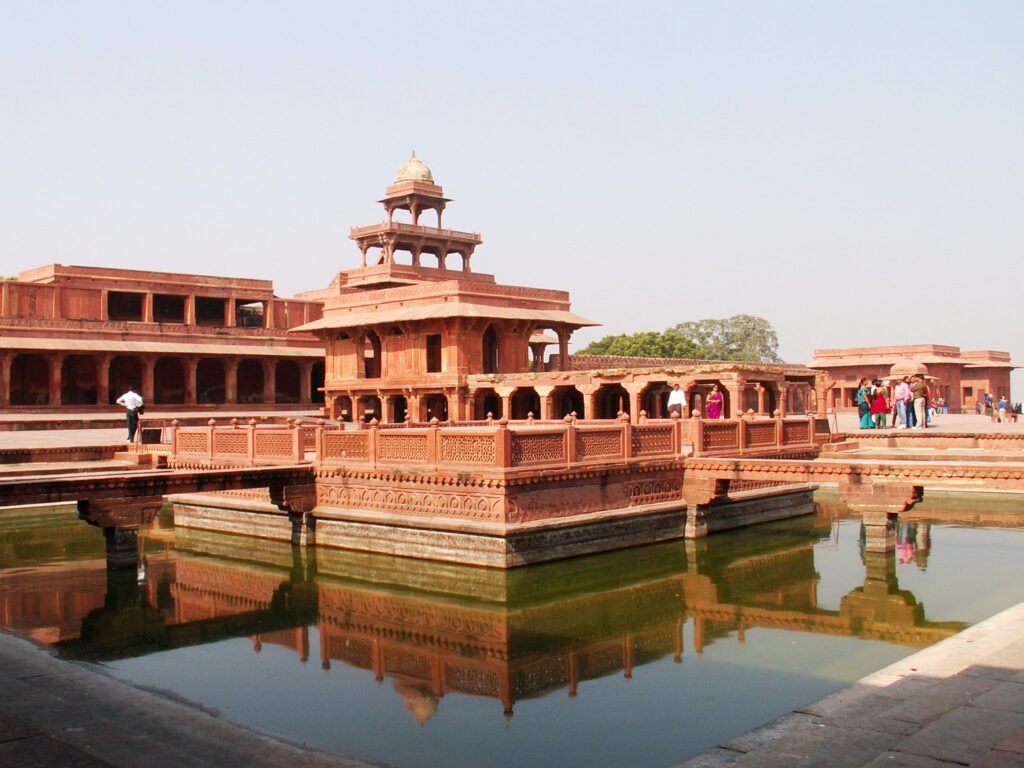
Fatehpur Sikri, once the capital of the Mughal Empire, is a stunning example of 16th-century Indian architecture. Built by Emperor Akbar, this city was a political and cultural hub, although it was abandoned after just 14 years due to water shortages. Today, its palaces, mosques, and public buildings stand as a testament to the grandeur of the Mughal period.
Nan Madol, Micronesia
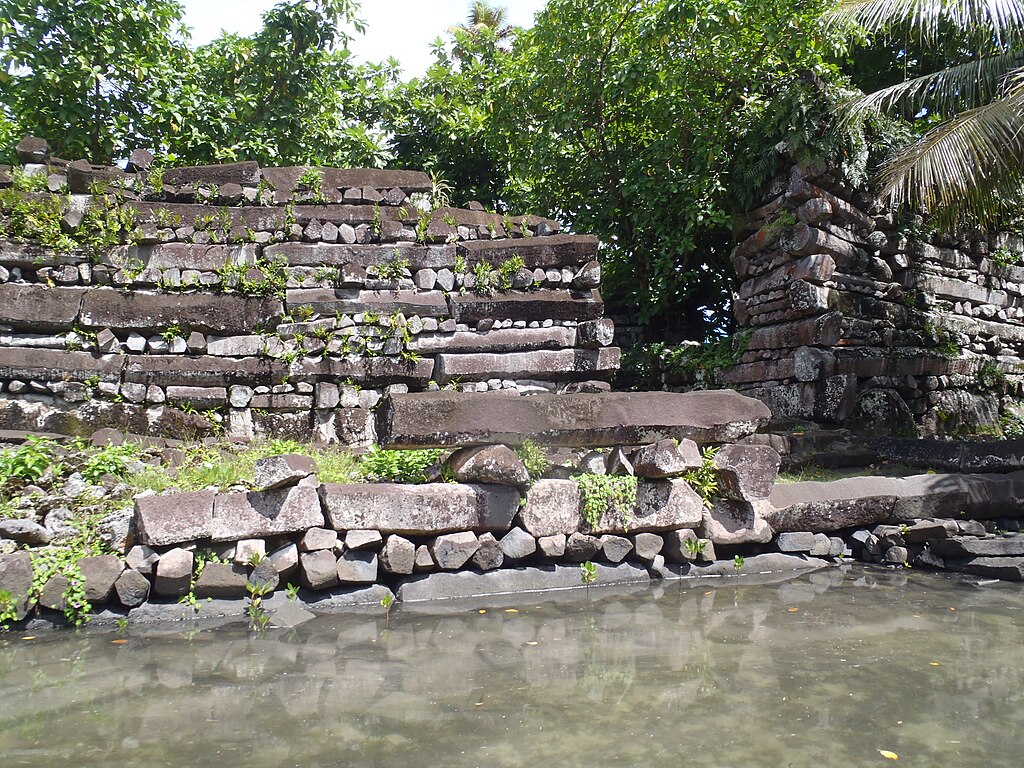
Nan Madol is an ancient city built on artificial islands off the coast of Pohnpei, dating back to the 8th century. It was the ceremonial and political center of the Saudeleur Dynasty, known for its impressive stone architecture. Despite its historical significance, Nan Madol remains relatively unknown to many travelers.
Gyeongju, South Korea

Gyeongju, the capital of the Silla Kingdom for nearly 1,000 years, is often called a “museum without walls” due to its abundance of historical sites. The city was the cultural and political center during Korea’s unification and is home to treasures like the Cheomseongdae Observatory and Seokguram Grotto. These landmarks showcase the advanced knowledge and artistry of the Silla Dynasty. Despite its rich history, Gyeongju is often overlooked by travelers, making it an underrated destination.
Sigiriya, Sri Lanka
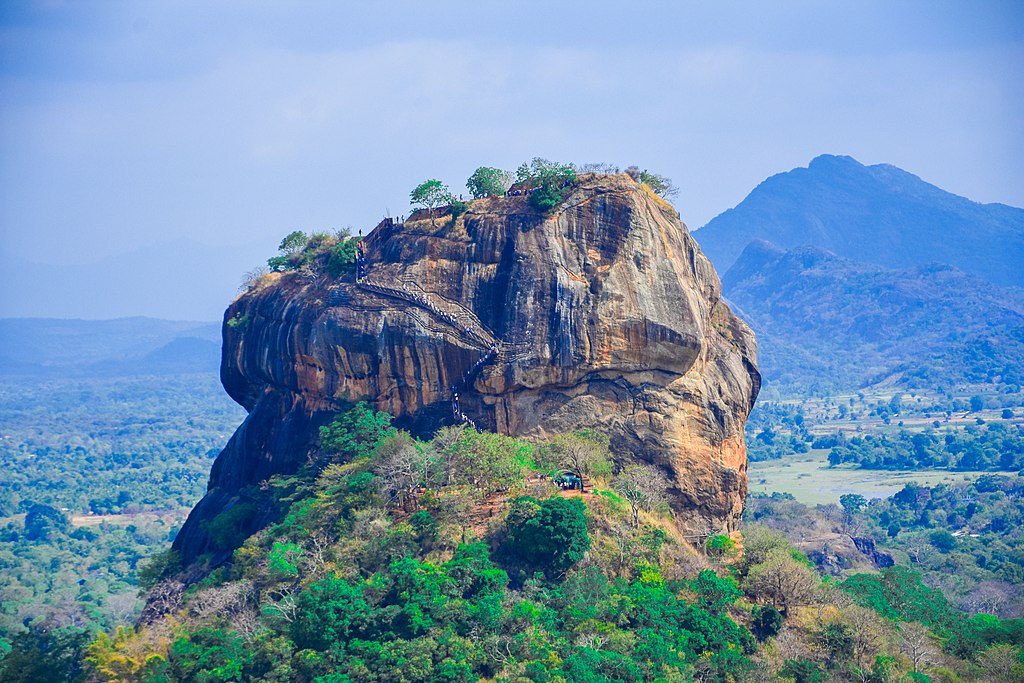
Sigiriya, a massive rock fortress, was built in the 5th century and is one of Sri Lanka’s most significant cultural landmarks. Once a royal palace and later a Buddhist monastery, Sigiriya is a UNESCO World Heritage site with a rich history. Its frescoes, ancient gardens, and the impressive Lion’s Gate make it a fascinating place to explore both for its beauty and historical depth.
Butrint, Albania
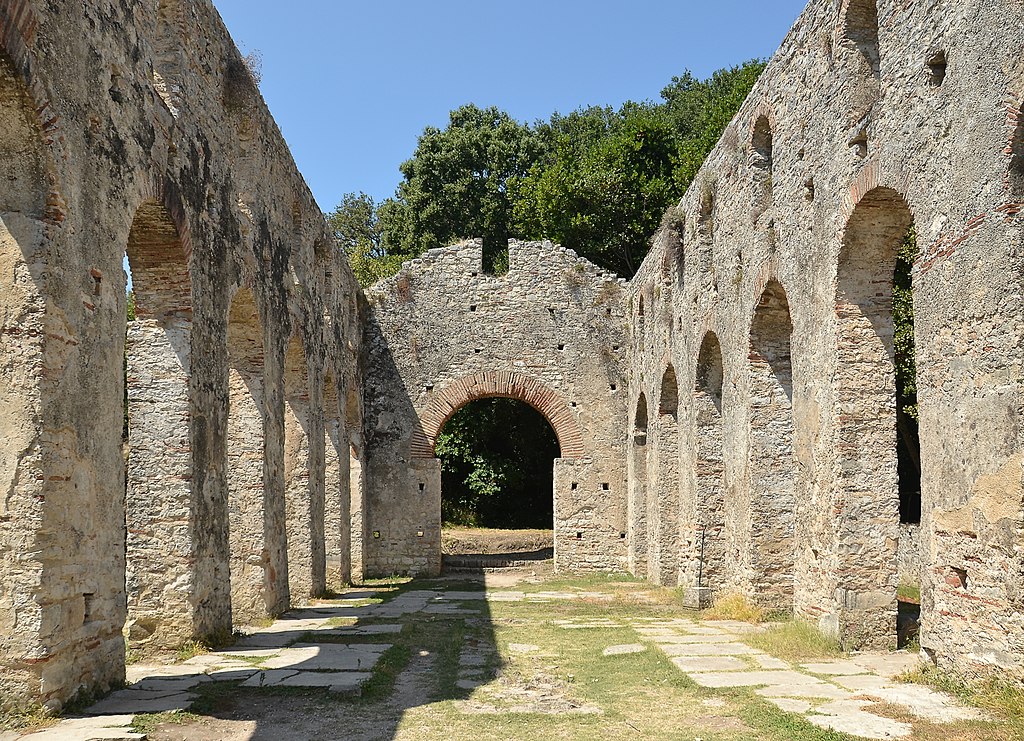
Butrint, an ancient city in southern Albania, has a history that spans from the Greeks to the Romans and beyond. Its well-preserved ruins include an ancient theater, basilica, and city walls. Butrint’s strategic location made it a vital hub for trade and politics throughout its long history. Today, it stands as an underrated gem of Mediterranean archaeology.
This article originally appeared on UnifyCosmos.
More from UnifyCosmos
22 Inexpensive Foods That Are Healthier Than You Think

This article will explore some surprisingly healthy and cheap options that not only nourish your body but also keep your wallet happy. Read more!
20 Home Repairs That Are Off-Limits for DIY Enthusiasts

Taking on home improvement projects can be exciting and rewarding. However, not all projects are safe or legal to tackle on your own. Read more!
22 Ways Single Women Navigate Retirement Differently

Retirement can be a unique journey for single women. Financial planning often takes center stage as they rely solely on their own savings. Read more!

Leave a Reply